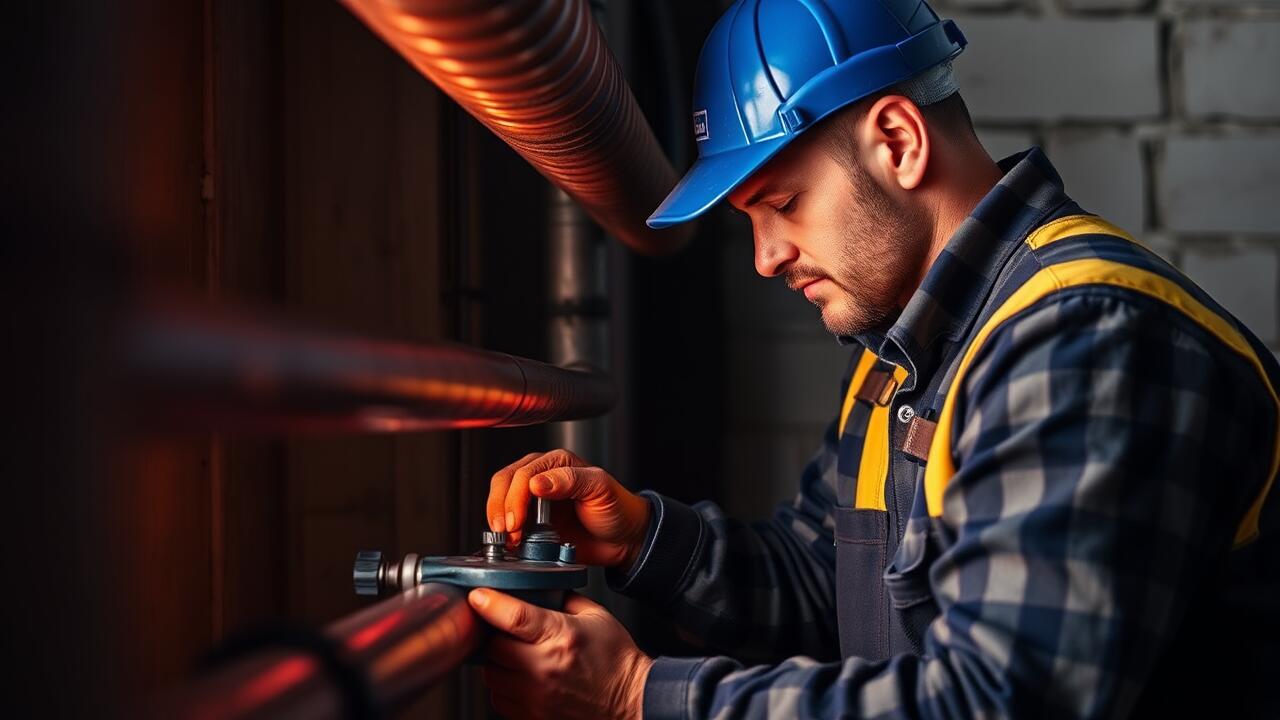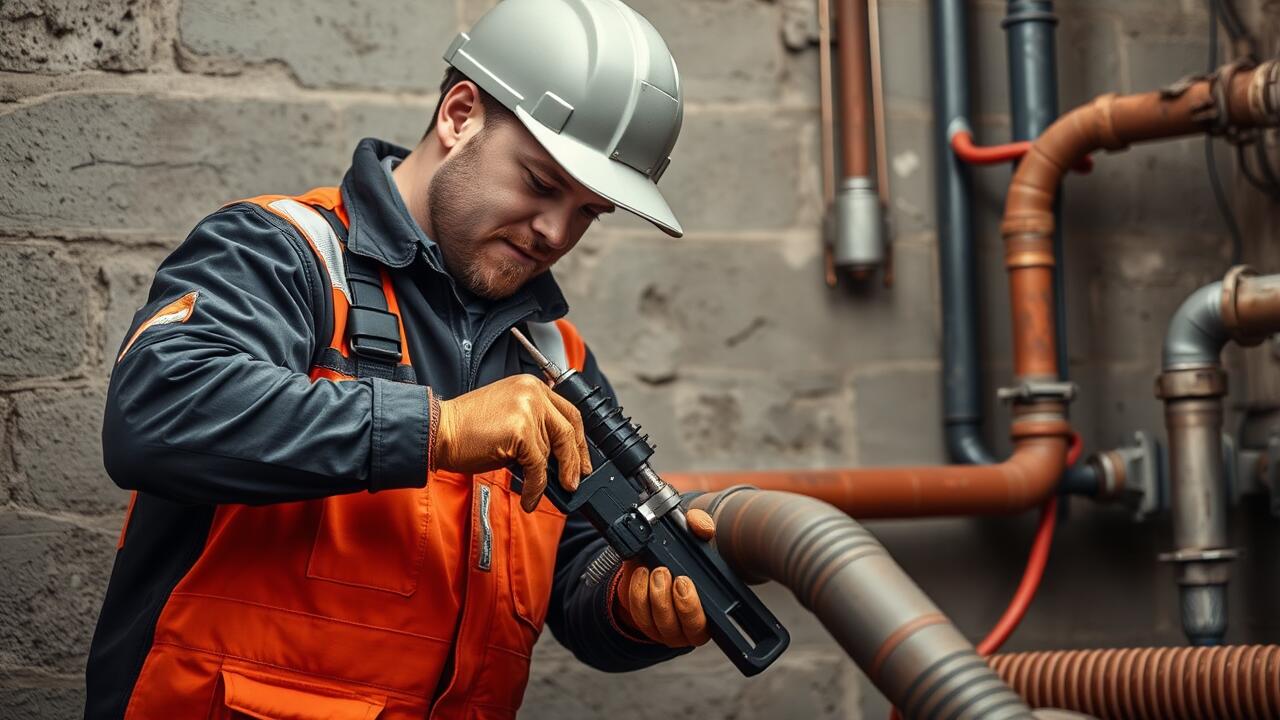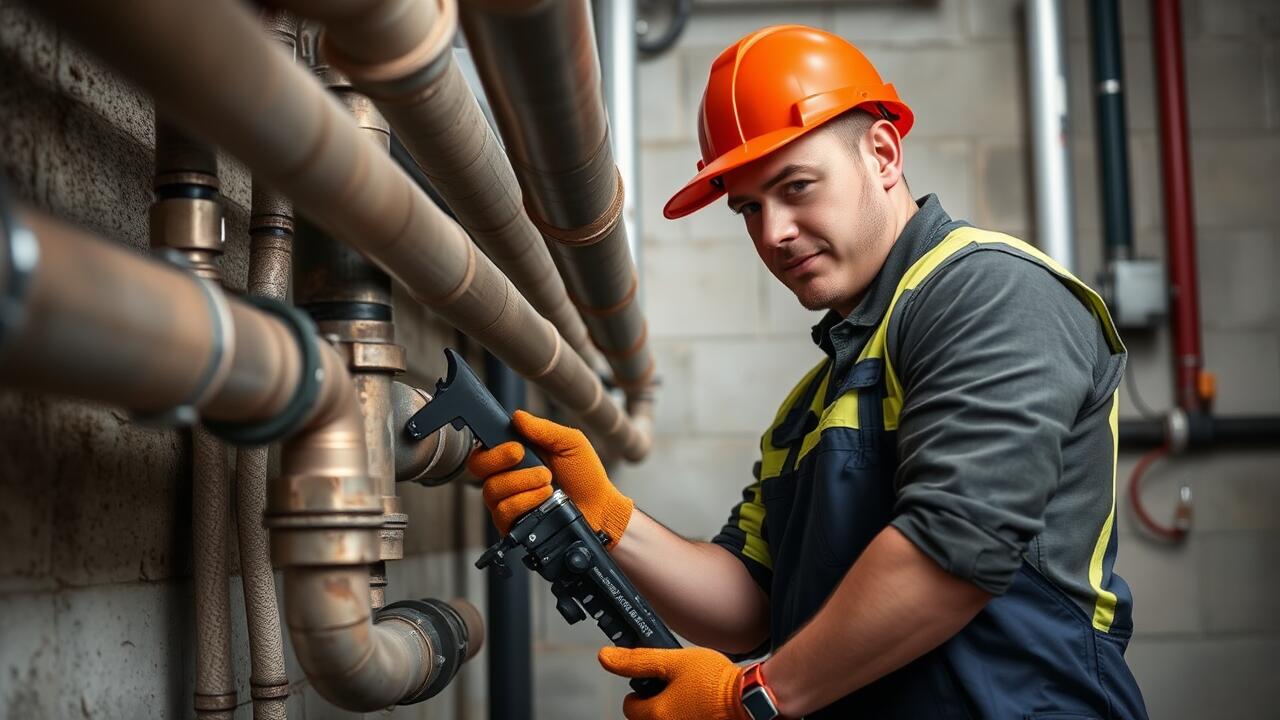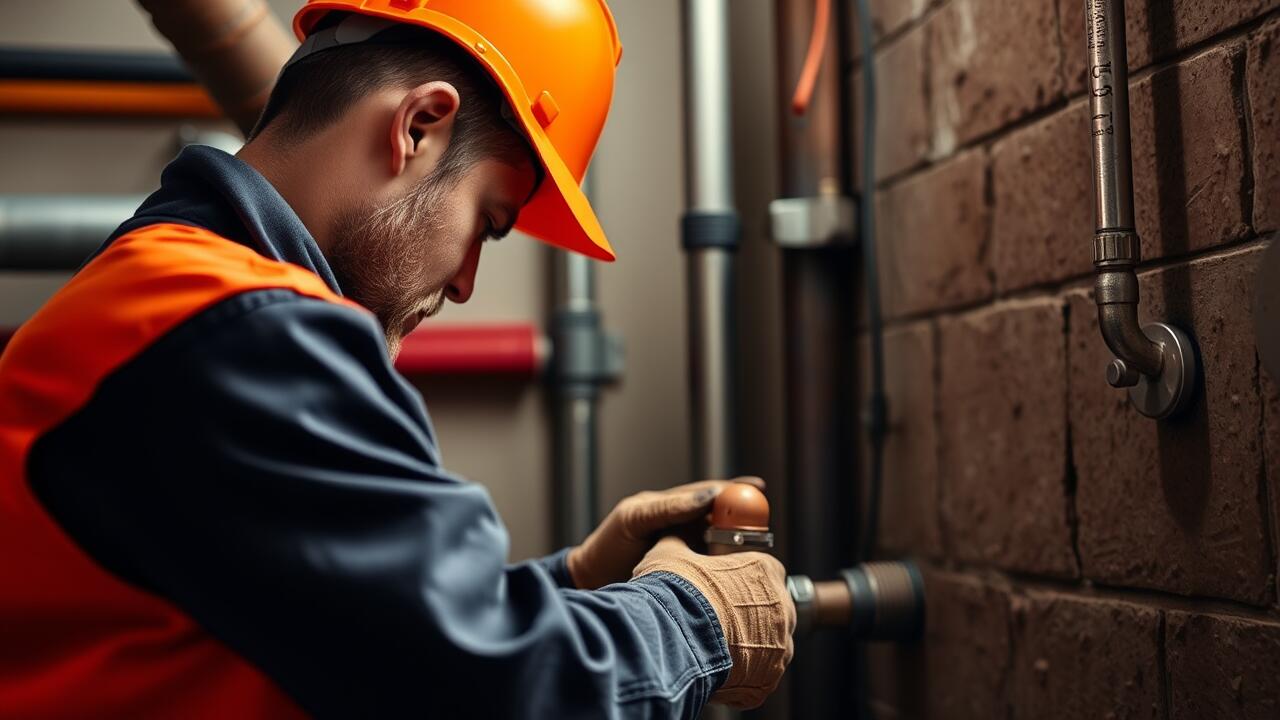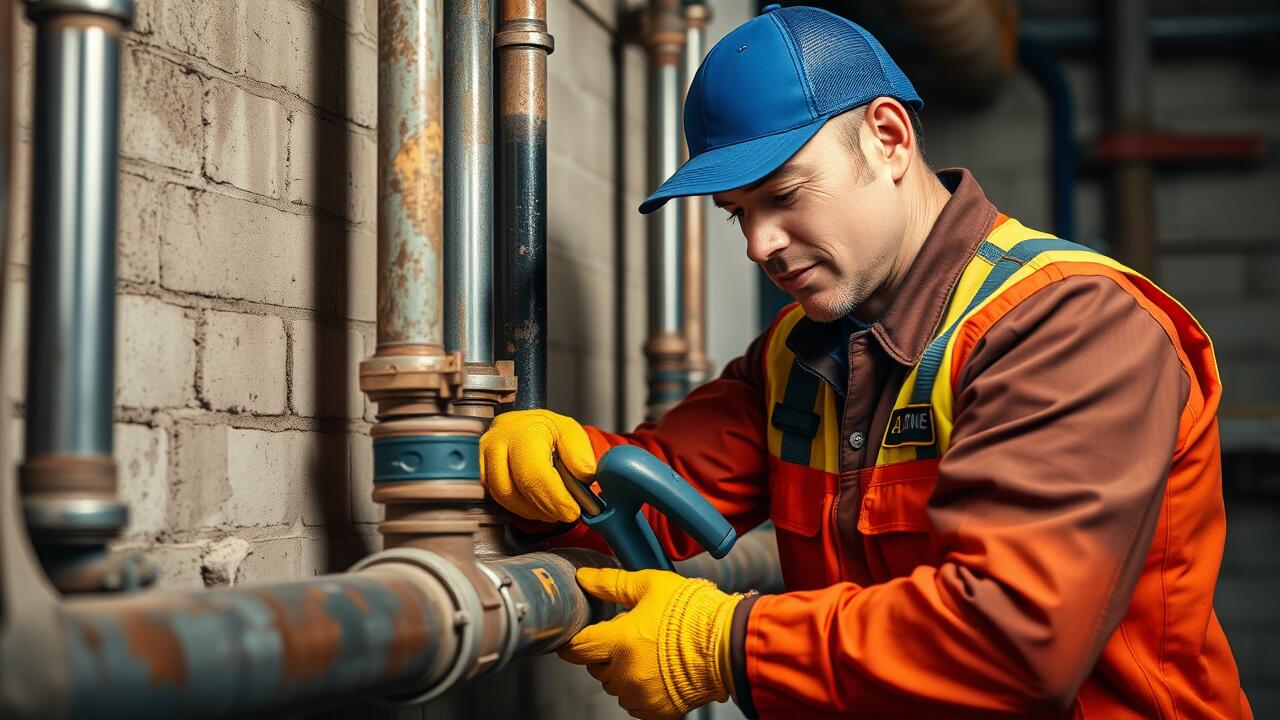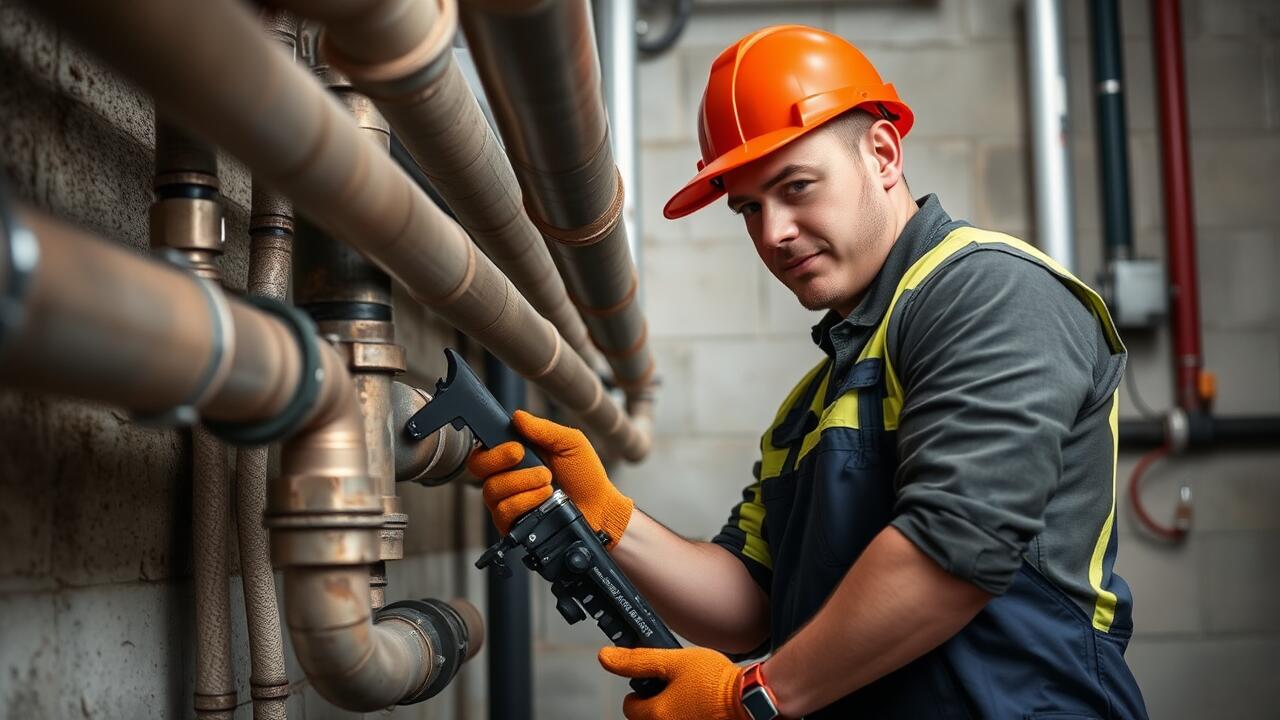
Cost Comparison
The financial implications of traditional pipe repair methods often reflect higher costs due to labor-intensive processes and longer repair times. Excavation, manual labor, and the need for replacement materials can quickly add up, overwhelming homeowners with unexpected expenses. In contrast, modern techniques, such as trenchless repair, tend to offer a more economical solution. These methods frequently necessitate less material and reduced labor time, which can lower the overall cost for homeowners.
In areas like Hollywood, Los Angeles, where property values are significant, the choice of repair method can greatly influence budget considerations. Many residents prioritize quick and cost-effective solutions to avoid disruption to their daily lives. By comparing the expenses of each approach, it becomes evident that opting for modern pipe repair methods not only alleviates financial burdens but also caters to the need for efficiency in a bustling urban environment.
Analyzing Expenses of Each Approach
When evaluating the costs associated with traditional pipe repair methods, several factors come into play. Materials such as concrete and PVC can be relatively inexpensive, yet labor costs remain a significant portion of the overall expense. Traditional methods often require extensive excavation and can lead to disruptions in the surrounding area, which adds to the financial burden. Whether it's the cost of labor or the potential need for additional resources, traditional repairs can quickly escalate in price, especially for projects in urban areas like Hollywood, Los Angeles.
On the other hand, modern pipe repair techniques generally offer a more streamlined and cost-effective solution. Advancements such as trenchless technology minimize the need for digging, significantly reducing labor costs and time spent on-site. While the initial investment in modern materials might be higher, the savings on labor and restoration expenses can make these methods more economical in the long run. This juxtaposition of expenses highlights the need for property owners in Hollywood, Los Angeles, to carefully consider which approach aligns best with their financial limitations and project requirements.
Time Efficiency
The time efficiency of pipe repair methods varies significantly. Traditional techniques often require extensive digging and excavation, leading to prolonged repair times. Workers typically need to assess the damage, excavate the area, replace sections of the pipeline, and then backfill and restore the surface. This process can extend over several days, especially in urban settings where access is limited.
In contrast, modern pipe repair methods, such as trenchless technology, can significantly reduce repair durations. Techniques like pipe bursting or lining allow for repairs with minimal surface disruption. With these methods, technicians can often complete a job in a single day. In areas like Sherman Oaks, Los Angeles, where quick turnaround is paramount, these modern approaches offer practical advantages over traditional ones.
Repair Durations for Traditional vs. Modern
Traditional pipe repair methods often involve extensive excavation and labor-intensive processes. Installing replacement parts or re-piping can take several days, depending on the damage's severity and the environment. This duration can be extended if unexpected issues arise during the repair, such as discovering additional leaks or structural concerns. In urban areas, like Hollywood, Los Angeles, navigating around existing infrastructure can further complicate and prolong the repair process.
Modern pipe repair techniques, including trenchless methods, significantly reduce repair times. Advancements such as pipe lining and bursting allow for repairs to be executed within hours instead of days. With minimal disruption to surrounding areas, these methods not only save time but also enhance efficiency. In the bustling environment of Hollywood, Los Angeles, quick repairs are crucial for both the restoration of service and the minimization of impact on local traffic and businesses.
Environmental Impact
The environmental impact of pipe repair methods varies significantly between traditional and modern techniques. Conventional methods often involve extensive excavation and disruption of the surrounding ecosystem. This not only disturbs local flora and fauna but can also lead to increased soil erosion. In urban areas like Hollywood, Los Angeles, the consequences of such disruptions can multiply, affecting urban wildlife and the overall aesthetics of the neighborhood.
Modern pipe repair methods, such as trenchless technology, provide a more environmentally friendly alternative. These techniques minimize ground disturbance and reduce the need for heavy machinery, making them less intrusive. In Hollywood, Los Angeles, where space is at a premium and maintaining the urban landscape is crucial, adopting these sustainable practices can lead to less environmental degradation. Furthermore, these methods often result in reduced waste and lower carbon footprints, enhancing the sustainability of urban infrastructure projects.
Sustainability Considerations
The environmental impact of pipe repair methods is becoming increasingly important in urban settings. Traditional repair techniques often involve extensive excavation, which can lead to soil disruption and habitat destruction. These methods frequently require the use of heavy machinery, contributing to noise pollution and increased carbon emissions. In contrast, modern repair techniques such as trenchless technology minimize disruption to the surrounding environment. By reducing the amount of digging required, these methods help preserve landscapes and limit the ecological footprint associated with pipe repairs, such as those found in Pipe repair in Hollywood, Los Angeles.
Sustainability also extends to material usage in pipe repairs. Traditional materials may not always be environmentally friendly and can pose challenges in terms of disposal. Modern approaches often utilize advanced materials that are designed to last longer and require fewer replacements over time. This longevity not only mitigates waste but also reduces the resources necessary for future repairs. Communities such as Hollywood are increasingly considering the long-term sustainability of their infrastructure, leading to a more responsible approach to repair methods.
FAQS
What are the main differences between traditional and modern pipe repair methods?
Traditional pipe repair methods often involve extensive excavation and manual labor, while modern methods utilize advanced technologies such as trenchless techniques, which minimize disruption and can be more efficient.
How do the costs of traditional pipe repair methods compare to modern methods?
Traditional methods typically incur higher costs due to labor, materials, and excavation. In contrast, modern methods may have lower overall expenses, especially when considering reduced labor and restoration costs.
Which pipe repair method is faster, traditional or modern?
Modern pipe repair methods are generally faster. Techniques like trenchless repair can significantly reduce repair time compared to traditional methods, which often require more extensive site preparation and work.
What environmental considerations should I keep in mind when choosing a pipe repair method?
Modern methods are usually more environmentally friendly as they reduce soil disruption, waste generation, and the need for extensive resources. Traditional methods can have a larger environmental impact due to excavation and potential damage to surrounding ecosystems.
Are modern pipe repair methods more reliable than traditional methods?
Yes, modern pipe repair methods often incorporate advanced materials and technologies that enhance durability and longevity, making them a reliable choice for many pipe repair needs.
